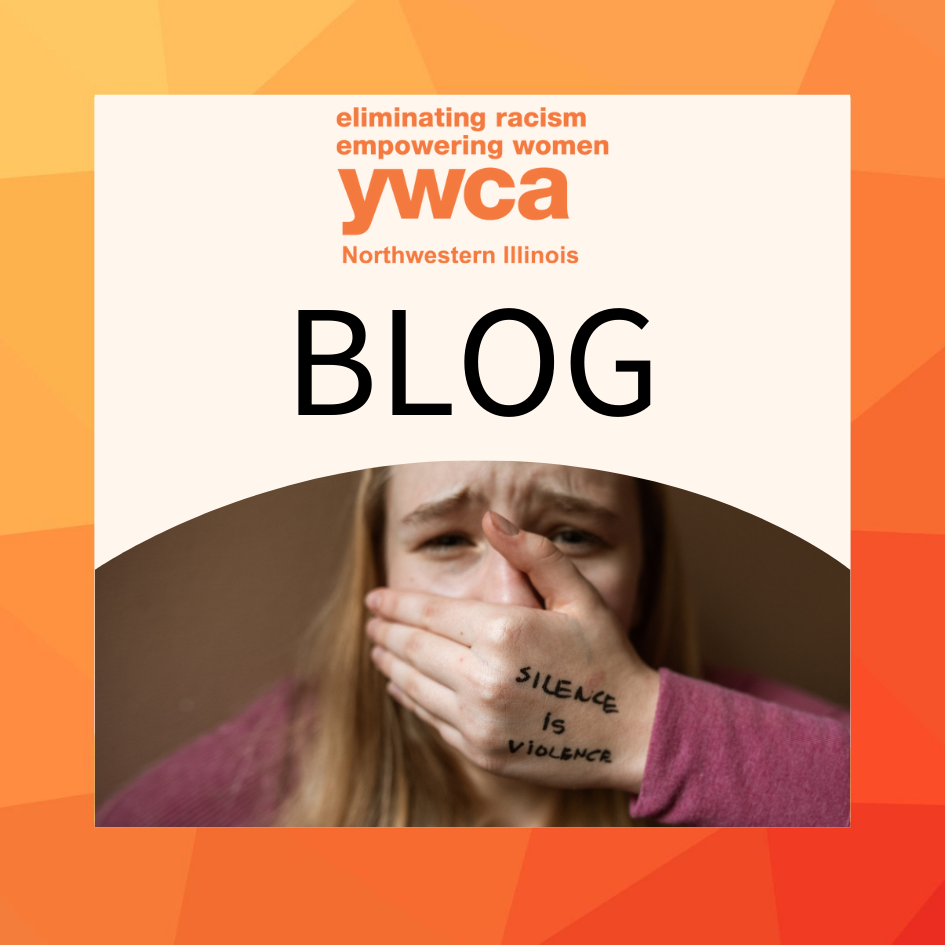Do you ever wonder why people feel the need to intimidate others? People use intimidation for various reasons; sometimes it stems from a desire to assert control, influence outcomes, or maintain dominance in a situation. Here are some key motivations behind why people resort to intimidation tactics:
- Power and Control: By instilling fear they aim to dictate terms, decisions, or behaviors to maintain a perceived advantage or superiority.
- Historical or Contextual Factors: Intimidation tactics can also be influenced by historical precedents, institutional practices, or contextual practices such as economic pressure, or social inequalities that encourage or justify the use of force or coercion.
- Compensation for Insecurity: Individuals who feel insecure or inadequate may resort to intimidation as a means of compensating for their perceived weakness.
- Achieving Objectives: Intimidation can be seen as a means to achieve specific goals or outcomes. Whether in intimate relationships, professional settings or broader social contexts.
Intimidation as a tactic of control involves using threats, coercion, or fear to influence others or maintain dominance in a situation. Here is some detailed information along with examples.
- Fear Inducement: Intimidation exploits the natural human response to fear by creating a threatening atmosphere or consequences for non-compliance.
- Psychological Impact: Intimidation can lead to psychological distress, affecting decision-making and the behavior of those subjected to it.
- Power Dynamics: It often relies on imbalance of power, where the intimidator perceives themselves as having authority over the intimidated.
Examples of intimidation:
- Online Harassment: Individuals using online platforms to intimidate others through spreading malicious rumors, threats, or doxing (revealing personal information).
- Domestic Violence: Partners who intimidate their intimate partner through threats of physical harm or other consequences to gain control.
- Workplace Bullying: Someone in power who regularly threatens employees with termination if they don’t comply with unreasonable demands.
- Giving Angry Looks: Giving stares that mean “You are going to be sorry for this.”
- Physical Intimidation: Examples include slamming doors, throwing items, punching or kicking walls or furniture, standing in a way that crowds another person, walking around like he/she is about to blow up, etc.
- Verbal Harassment: Yelling and screaming.
Overall, while the specific reasons for someone to use intimidation tactics can vary widely depending on the individual and situation, it typically revolves around the desire to assert control, achieve goals, or protect one’s interest through instilling fear in others. Helping someone who is being intimidated requires a sensitive approach to ensure their safety and well-being. I encourage you to listen and validate their feelings and experiences without judgement. Show empathy and, in most cases, believe them, as it is crucial to trust their account of the intimidation.” Often, victims of intimidation may doubt themselves or fear not being believed. If you or a loved one is being abused, please know you are not alone, and help is available.
PAIP services at YWCA Northwestern IL: 1-(815) 484-9442 EXT.306
Illinois Domestic Violence Helpline: 1-(877) 863-6338
National Domestic Violence Hotline: 1-(800) 799-7233
Please remember all calls are confidential.
-Estefania Barrientos, YWCA Northwestern Illinois La Voz Latina FAC Parent Educator/PAIP Coordinator




